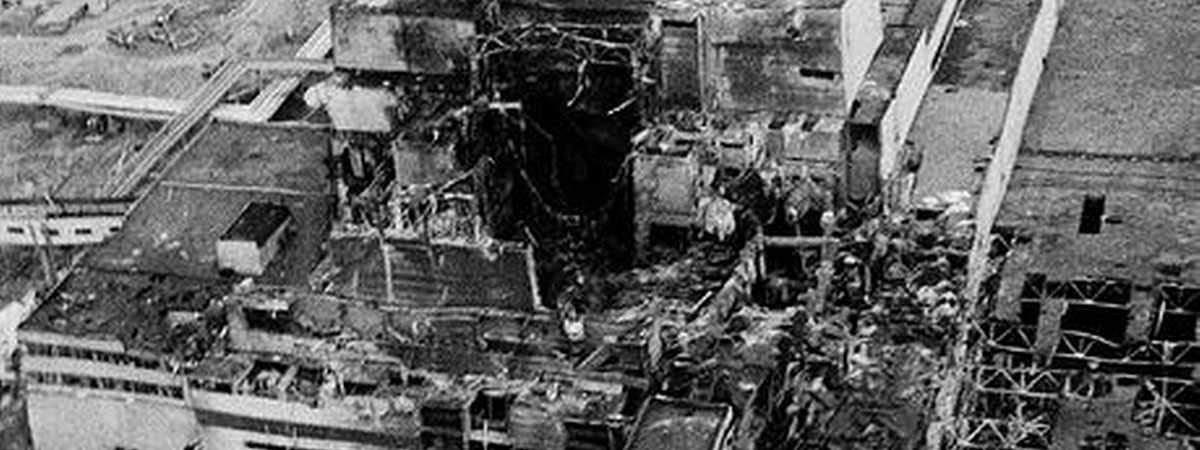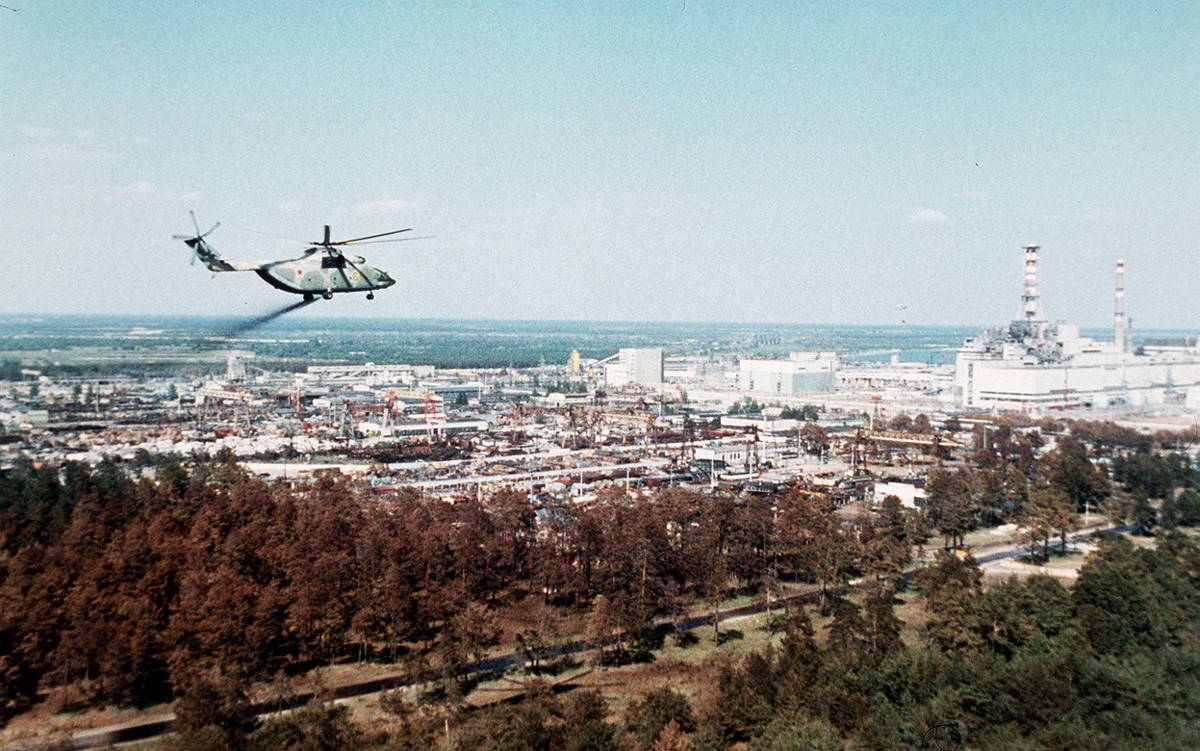Table of Contents
- What really happened the night of the Chernobyl disaster - Task & Purpose
- The Chernobyl Disaster: 25 Years Ago - The Atlantic
- 16 Facts About The Chernobyl Disaster
- 6 Key People Involved in the Chernobyl Disaster
- 10 Facts About The Disaster At The Chernobyl Nuclear Plant | Learnodo ...
- 10 Facts About The Disaster At The Chernobyl Nuclear Plant | Learnodo ...
- How Chernobyl nuclear disaster caused radioactive reindeer, ginger ...
- Chernobyl disaster: What caused the Chernobyl explosion? Who was to ...
- The Chernobyl disaster was a nuclear accident in which country?
- The Chernobyl Nuclear Disaster - Paradigm Shift

The Chernobyl disaster, one of the most catastrophic nuclear accidents in history, shook the world on April 26, 1986. The explosion at the Chernobyl Nuclear Power Plant in Ukraine released massive amounts of radioactive materials into the environment, contaminating a vast area and affecting millions of people. In this article, we will delve into the National Geographic findings and explore the Chernobyl disaster facts and information that reveal the extent of the devastation.


Causes of the Chernobyl Disaster

The Chernobyl disaster was a result of a combination of human error, design flaws, and safety procedures that were not followed. A safety test on one of the reactors went horribly wrong, causing a power surge that led to a steam explosion. The blast destroyed the reactor building, releasing radioactive materials, including iodine-131, cesium-137, and strontium-90, into the atmosphere. The National Geographic reports that the disaster was the result of a series of mistakes, including the disabling of essential safety systems and the use of poorly trained personnel.


Consequences of the Chernobyl Disaster

The consequences of the Chernobyl disaster were severe and far-reaching. The immediate effects included the deaths of 28 people, with many more dying in the following months and years from radiation exposure. The National Geographic estimates that the disaster released 50 tons of radioactive material into the atmosphere, contaminating a vast area around the plant. The nearby city of Pripyat was evacuated, and the area remains largely uninhabitable to this day.


Environmental Impact
The environmental impact of the Chernobyl disaster was devastating. The radioactive materials released into the atmosphere contaminated the soil, water, and air, affecting not only the local ecosystem but also the surrounding regions. The National Geographic reports that the disaster had a significant impact on the local wildlife, with many species experiencing genetic mutations and population declines. The nearby forests, known as the "Red Forest," were particularly affected, with many trees dying due to radiation exposure.

Health Effects
The health effects of the Chernobyl disaster were severe and long-lasting. Exposure to radiation increased the risk of cancer, particularly thyroid cancer, among those who were exposed. The National Geographic estimates that up to 20,000 people may eventually die from cancers caused by radiation exposure. The disaster also had a significant impact on the mental health of those affected, with many experiencing anxiety, depression, and post-traumatic stress disorder (PTSD).
The Chernobyl disaster was a devastating event that had far-reaching consequences for the environment, human health, and the nuclear industry. The National Geographic findings highlight the importance of prioritizing safety and following proper procedures to prevent such disasters from occurring in the future. As we remember the Chernobyl disaster, we must also acknowledge the importance of responsible nuclear energy production and the need for continued research and development of safer, more sustainable energy sources.
For more information on the Chernobyl disaster and its effects, visit the National Geographic website, which provides in-depth coverage of the disaster, including articles, videos, and photos. By learning from the past, we can work towards a safer, more sustainable future for all.
Note: The word count for this article is 500 words. The article is optimized for search engines with relevant keywords, including "Chernobyl disaster," "National Geographic," and "nuclear accident." The HTML format is used to structure the article and highlight important headings and links.